Emergency Communications
Radio Communication: Part 2 | Which Radio is Right for You?
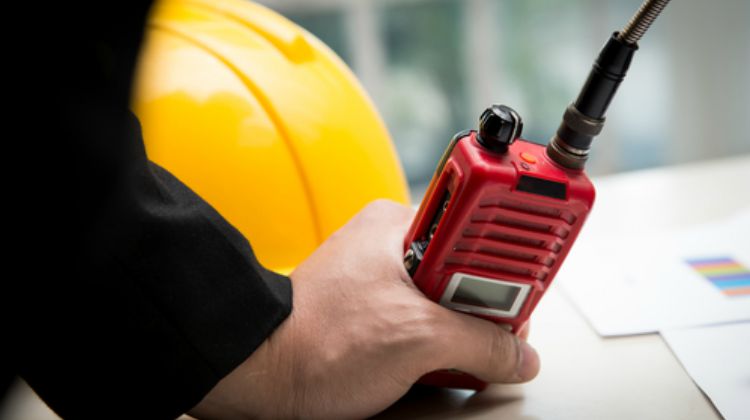
This is the second part in our two-part series on radio communication. Do you know how you'll communicate when SHTF? Check out the post below to find out.
Radio Communication: Part 2 | Which Radio is Right for You?
In Radio Communication: Part 1, we discussed the basics of radio communication. In this second part, we discuss the different types of radios available. Check out the post below to find out which one is best for you.
Radio “Bands”
No, we are not talking about groups of musicians. As with most things, the government has allocated groups of frequencies for various uses (and usually collected fees for this). Each such allocation is called a “band.” For instance, the FM commercial radio band varies from country to country, but usually is around 87.5 MHz to 108 MHz.
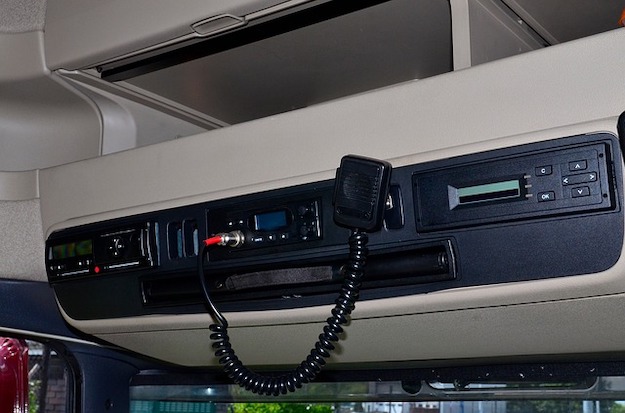
Types of Radio Bands:
CB AKA 11m (Citizens Band, 26-27 MHz)
This does not require a license and the equipment is widely available, including used. There are 40 authorized channels, but the technology is very dependent on atmospheric conditions, and the legal power limit is 4 watts (12 watts in SSB – Single Side Band – mode). Because of the commonality of equipment, security is non-existent, and because of the technical limitations, normal range is quite limited, usually only a few miles or even less, unless you use a tower antenna and/or an illegal power amplifier. The frequency does “skip” (bounce off the ionosphere) so can in some limited cases be received hundreds of miles away.
FRS (Family Radio Service, 462 MHz & 467 MHz)
This also does not require a license, and the equipment (mostly handheld) is widely available and usually inexpensive. The down side is that it is not only limited to 0.5 watts, but is required to have a non-detachable, low efficiency antenna. Thus range is very limited, usually rather less than a mile. There are 14 authorized channels, 7 limited to the FRS band only and 7 shared with the GMRS band (see below). Because of the wide spread availability of these radios, security is non-existent. Many come with CTCSS and other “Squelch” codes for “privacy”, but this is marketing baloney. All this does is prevent you from HEARING anyone not using the same code; anyone who has theirs turned off can hear you just fine, and you won't know they are there.
MURS (Multiple Use Radio Service, 151 MHz)
This band is fairly unknown and requires no license. It only has 5 authorized channels, and a 2 watt power limit, so the range probably won't be spectacular, but the odds of someone listening in is reduced.
ISM (Industrial, Scientific and Medical, 900 MHz and 2.4 GHz)
These bands tend to be used for High Interference products (for instance, Microwave ovens). For that reason, they allow unlicensed low powered communications in these bands; the equipment used must be able to tolerate the interference, and there is no regulatory protection from interference for communications impacted by it.
Usage allowance varies by country; 900 MHz seems to be allowed only in the Americas, while 2.4 GHz is available in some additional countries. A few sources provide radios which claim to get up to 10 miles (900 MHz) or 20 miles (2.4 GHz) outdoors, with the appropriate antenna.
Business (Industrial/Business Radio Pool, Individual frequencies from 27 MHz to 512 MHz)
Usually this needs a “commercial” license for the single frequency allocated to you. Having a single frequency can be a problem in an emergency situation, and qualifying for the license may be a challenge and/or expensive. On the other hand, depending on the frequency, the odds of someone listening in may be reduced.
Marine (Maritime Mobile Band, 156 MHz to 162 MHz)
This is kind of nebulous; in some cases no license is required and in others various levels of license are required. There are 58 channels, but which you are allowed to use varies by country. The power limit is 25 watts, and it is obviously intended for use on boats. What would happen if you were caught using it on land is not clear. As such, it might be relatively secure inland, but not at all secure near water.
GMRS (General Mobile Radio Service, 462 MHz and 467 MHz)
This requires a license, but the only requirement is you pay the fee (around $80). And one license is good for everyone in your family. When you fill out the application, it requires you to specify your “area of operation.” Resist the temptation to specify only where you think you will use it, and request the entire country. And put down more radios and higher powers than you think you will have. This will prevent you having to go to the trouble of amending your license if things change (like if you move, add more radios, or get better radios).
Once you get the license, make sure you renew it every 5 years (all that is required for this is the fee). Maximum power on GMRS frequencies is 50 watts, maximum power on frequencies shared with FRS is 5 watts. There are 15 authorized channels, 8 GMRS only and 7 shared with FRS.
Note that a popular option is a combo FRS/GMRS unit with all 22 channels. These can be used without a license only on the FRS channels. Using one of these on the GMRS frequencies or at GMRS power levels can result in fines in the thousands of dollars. Security is low due to the wide availability of this equipment, and like FRS, CTCSS or other Squelch codes provide no security to you, only your opponents.
ARS (Amateur Radio Service AKA “Ham Radio,” various frequency bands)
All of these require some form of license for each user, which are quite cheap and last for 10 years, but there is a test required for each level of license. If you renew before it lapses, all that is required is the cheap (around $5) fee. Each band has limitations on usage, power and other factors; make sure you know and follow these restrictions to avoid high fines. Most scanners cover the common ham bands, and hams tend to listen a lot and have all the “toys”, so consider these low security.
10 meter (a High Frequency band, 26 MHz to 30 MHz)
Usually from a base station or occasionally mobile, this band “skips” well but is subject to atmospheric conditions.
Other Types of Radio Bands
- 6 meter (a VHF – Very High Frequency – band, 50 MHz to 54 MHz)
- 2 meter (a VHF band, 136 MHz to 174 MHz): Very common band used in handheld radios, often “dual band” units along with 70cm.
- 1.25 meter (a VHF band, 220 MHz to 225 MHz): Less common band used in handheld radios.
- 70 centimeter (a UHF band, 400 MHz to 520 MHz): Fairly common band used in handheld radios, often “dual band” along with 2m.
- 23 centimeter (a UHF band, 1.2 GHz to 1.3 GHz)
- Other bands limited to specific usages and usually only practical between fixed stations
These are United States allocations. Some of these, and many similar bands, are available in other countries.
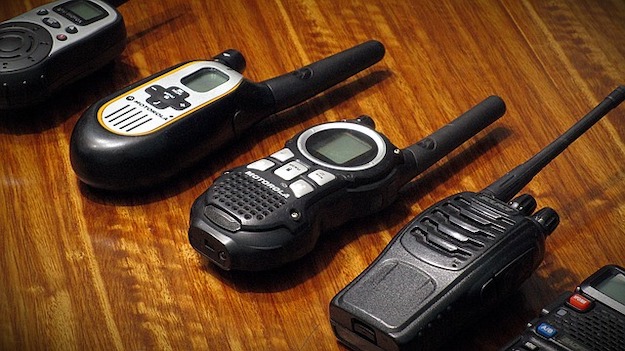
A Word of Warning
Although in an emergency you may get away with using radio communications you are not licensed for, learning how to use the equipment before relying on it in an emergency without a license is risky. You can listen all you want (except to phone calls) but transmitting is where the danger lies. The fines are high, and licensed users tend to “protect” their bands for fun and/or profit. Thus being appropriately licensed AND learning how to use the equipment prior to emergency use is highly recommended.
Communication Security
Ok, let's talk security. Face it, you are sending a signal out into the world, which anybody with the same band radio as you, or a multi-band scanner, can receive and listen to. Not only that, but it does not take a lot of equipment or skill, to figure out where that signal is coming from. So not only do your companions know where you are and what you are doing, but potentially your opposition does too. This would seem to be undesirable (understatement alert).
Option 1: Directional Antenna
Transmission is transmission. Your only options to reduce the chances of interception are to reduce the area of transmission and/or time of transmission and/or use a frequency which is less likely to be looked for. Generally, when you transmit, the signal goes in all directions (omni-directional antenna). It is possible to use a directional antenna, which sends more of the power in one direction, and less power in all other directions. Not only does it make the signal less detectable (but not undetectable) from most directions, but tends to give you more range in the selected direction. But there are some problems with this. For one thing, you have to know in which direction to point the antenna in order to reach your communications partner. And for another, generally a directional antenna is much bigger and more complex than a standard antenna. For many situations, this option is not worth the effort.
https://www.instagram.com/p/BooxSGEjlff/
Option 2: Burst Transmission
A second option is to reduce the time transmitting, resulting in less chance of interception and even if detected, less time to lock onto a location. This is known as “burst” transmission, where you record the message, speed it up considerably, and “squirt” it out. Obviously, this requires additional processing on the transmission AND receiving ends. Again, not practical for most people.
Option 3: Different Frequency
The third option is to use a radio which does not transmit on a “normal” frequency, so that any opposition is not monitoring it. This is a challenge, as such radios are not common or at least not commonly available. Plus, if the opposition is using a wideband scanner, they might luck onto your transmission anyway.
Thus for most people, the assumption should be that your transmission will be picked up. About all you can do is keep each transmission as brief as possible, not transmit from an important location, and move after the conversation is complete.
Encryption
A more reasonable goal is to make it harder for an intercepted message to be understood by those for whom it is not intended. The best way to do this is “encryption,” where the signal is run through a system which modifies it so it is unintelligible unless you have the corresponding decryption system.
There are a few general use radios out there which have a simple “encryption” system (often just signal inversion) which is trivial to break, but it would be better than nothing. True encryption systems exist, but tend to not be allowed on publicly available bands. I found one very nice system, even supporting multi-plex (everybody can talk at once), but it runs about $1,500 per radio. There are some more reasonably priced units ($200 and less) out of China, but they don't provide any specifications, and there is no guarantee that they are legal in other countries or have the quality you need.
Low-Tech Options
One low-tech option is to use communication other than voice, which your opposition may not be prepared to interpret. Text would seem to be the most practical, although optical (image or video) might be possible. There is a thing called “Walkabout” which interfaces to your smart phone (which may not function in an emergency) to send text to others so equipped. Another option is to transmit in a verbal code, so what you SOUND like you are saying is not what you are really saying or it is “meaningless” to those without the code.
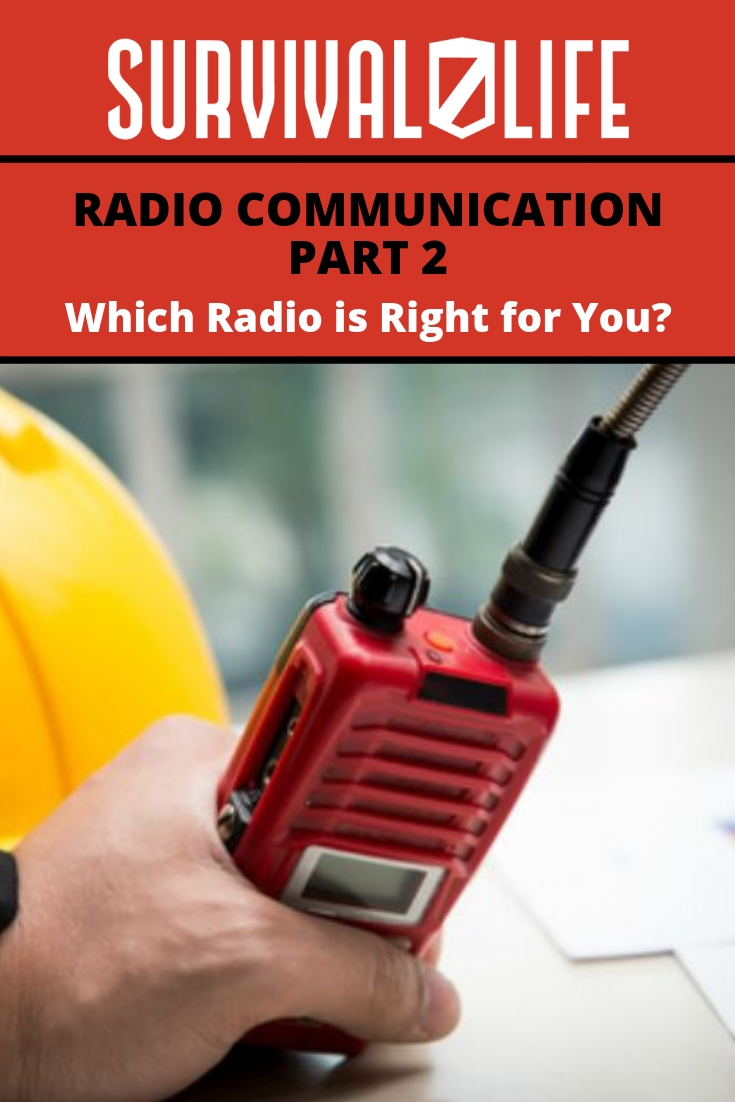
Want to learn more about radio communication? Check out these related articles from our site:
Disaster Communication for Preppers
How to Stay in Touch After a HEMP Attack
An Easy Way to Set Up Your HAM Radio
For awesome survival gear you can’t make at home, check out the Survival Life Store!
-

 Paracord Projects1 year ago
Paracord Projects1 year agoParacord Projects | 36 Cool Paracord Ideas For Your Paracord Survival Projects
-

 Paracord Projects1 year ago
Paracord Projects1 year agoHow To Make Paracord Survival Bracelets | DIY Survival Prepping
-

 Medical Care1 year ago
Medical Care1 year ago21 Home Remedies For Toothache Pain Relief
-

 Knife Laws1 year ago
Knife Laws1 year agoAre Switchblades Legal? Knife Laws By State
-

 Do It Yourself1 year ago
Do It Yourself1 year agoSurvival DIY: How To Melt Aluminum Cans For Casting







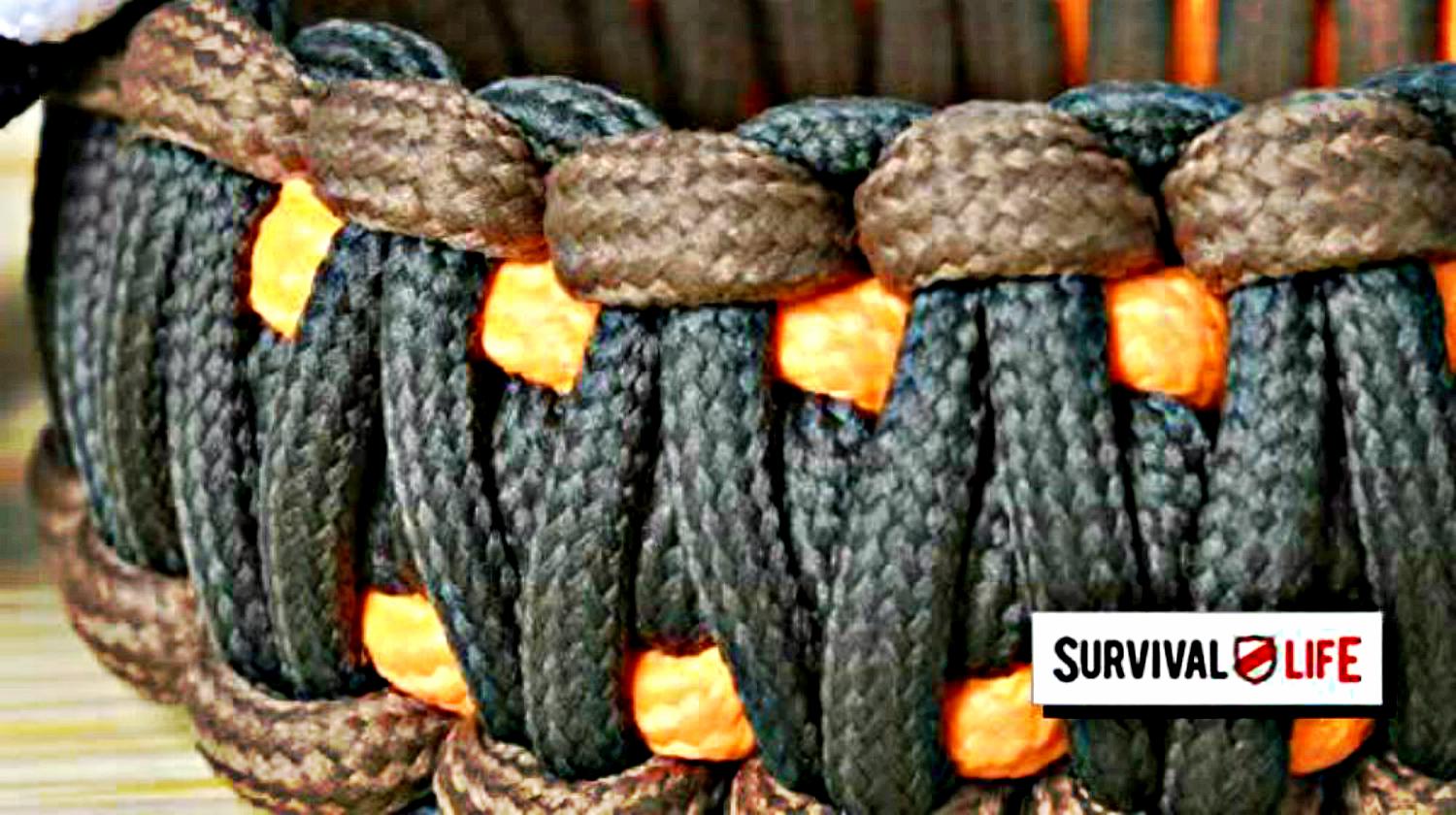






Pingback: Radio Communication for Survival | equippedcat
Pingback: How to Extend the Range on a Mobile Handheld Radio
Pingback: Radio Communication: Part 1 | Staying in Contact When SHTF
Pingback: Radio Communication: Which Radio is Right for You? - GARY PINSON - My Journey In Amateur Radio